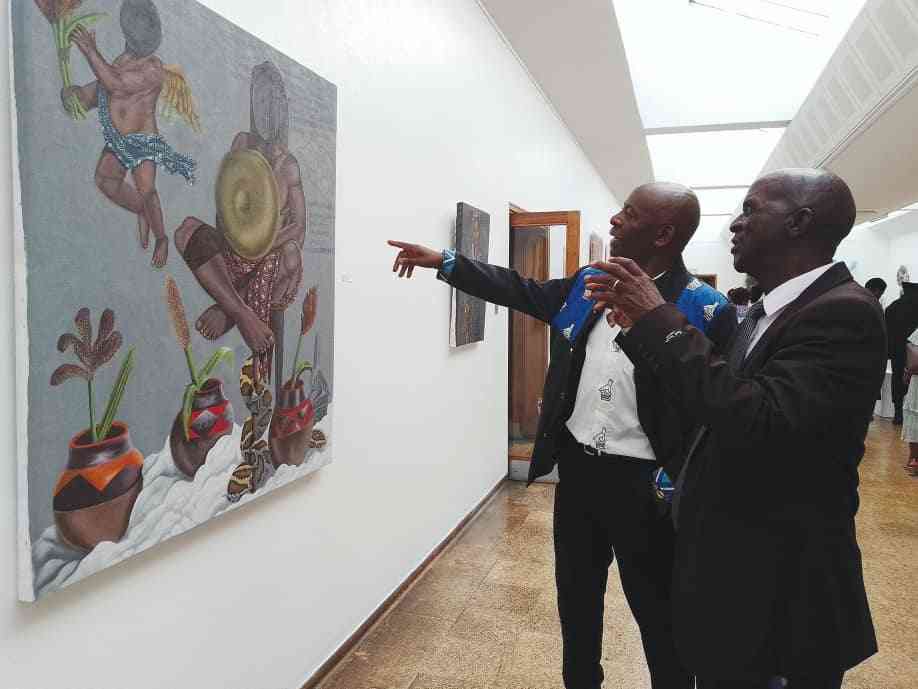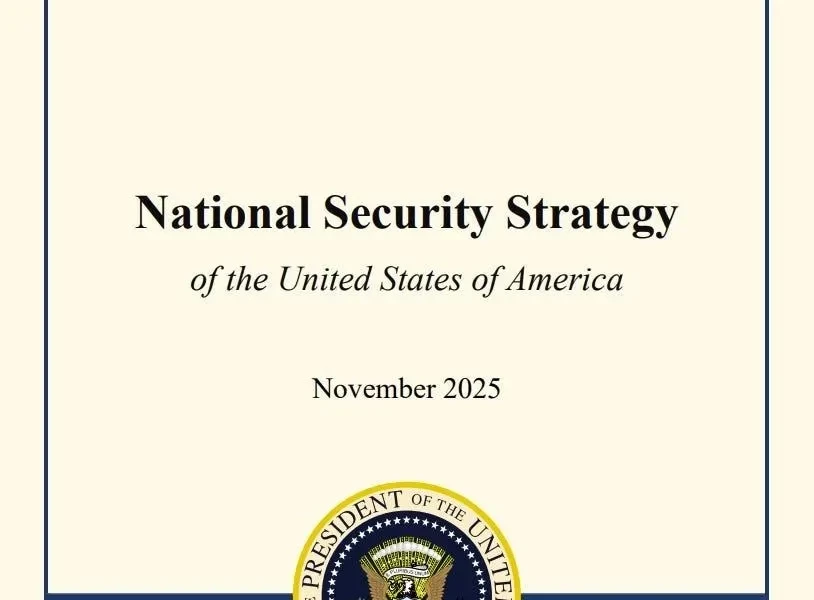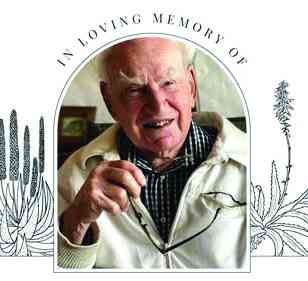
Charles Pfukwa, who was guest of honour at this year’s graduation ceremony at the NGZ’s School of Visual Arts and Design, could not hide his joy and admiration of the artworks on exhibition by the graduating students.
He told our staff writer Zivisai Chagaka, after his tour of the exhibition, that every time he comes across art or something to do with art, it feels oxymoronic for him — that awfully memorable experience that changed his fate during Zimbabwe’s liberation struggle in the mid-1970s. It is this brief tale below that he yearns to tell every time he comes in contact with anything art in his steps daily:
“At Doroi, a liberation war era refugee camp in Mozambique, that had a staggering population of anything between 7 000 to 8 000 Zimbabweans,everything was in short supply: food, clothing, you name it. Health conditions were very poor and disease was rife, and it was a dusty space,” he said.
“So out of those thousands, only maybe 200 to 500 young people would be selected for guerrilla warfare training after every six months or whatever period it was determined. So, the numbers that were stuck at Doroi were just so many.
“And it was only those who were fit — those with a suitable height, weight, etc — and there wasn’t any possible chance for me going for training if I had stayed at Doroi because I was still a teenager and of a small stature.
“But for some reason, someone was asked to look for artists, such as what we are witnessing here today. So they asked, ‘Is there anybody who knows fine art here?’ I registered my name and literally forgot about it.
“Nearly a month later, the whole camp was summoned to what we called the parade ground. Three names were called and I was one of them. Imagine that out of the nearly 8 000 people at the camp, I was one of the three whose name was chosen? We were subsequently bundled at the back of a Land Rover truck and taken to a better place, Chimoio, which had far better conditions and smaller numbers of people.
“From then on, I never went to bed hungry; I always had a blanket (to cover me at night).In other words, life became relatively comfortable for me during the liberation struggle. Well, after that I then went for training and was later posted to the frontline.
- Warrant of arrest canceled for illegal billboard accused
- Goblins ‘besiege’ school
- Vieira backs Mane for Ballon d’Or ahead of Bayern move
- The trial of Directors accused of erecting illegal billboard deferred again
Keep Reading
“So I always remember that time when I was pulled out of the jaws of sure death at because I was one of the three artists who were taken away by the leaders there.
“This is a story I always remember and I commemorate it whenever I meet people who do art or are interested in art. Whenever I see things concerning art, I am always obliged to support it.”











